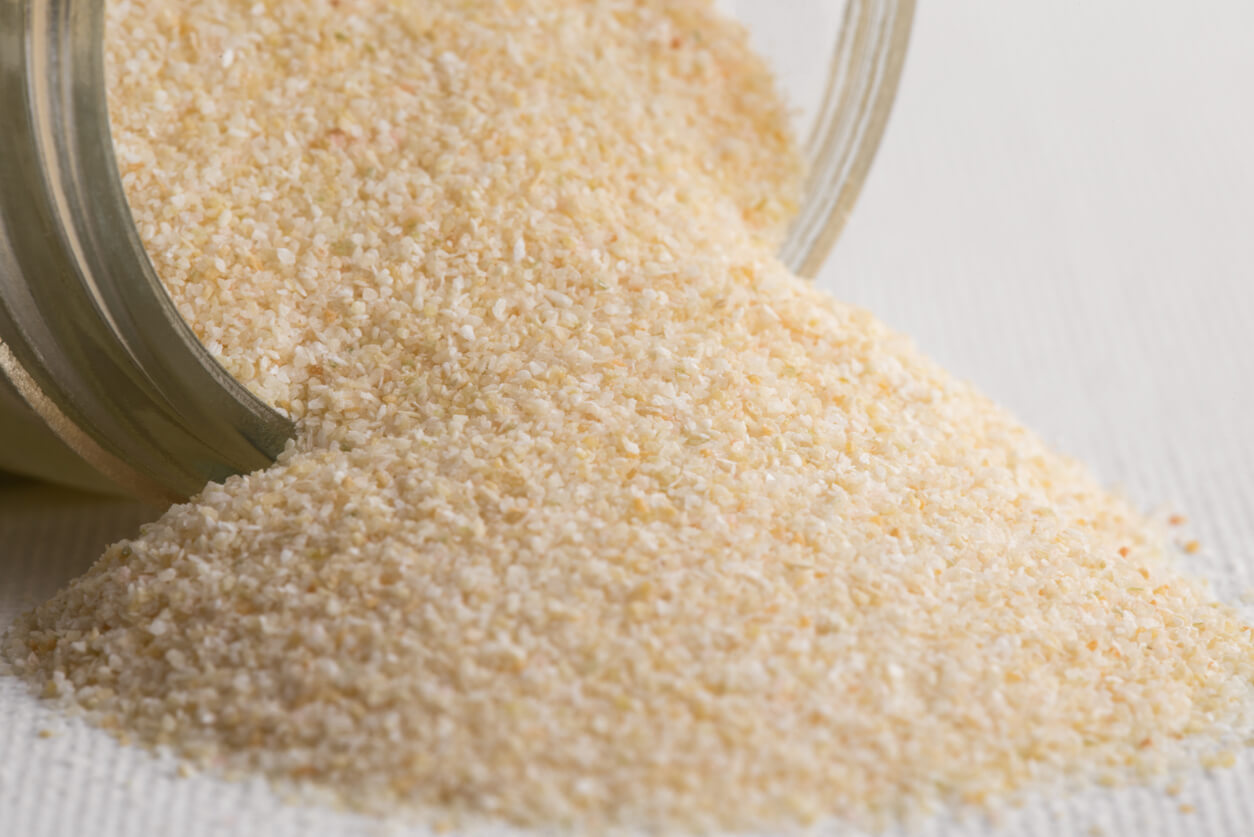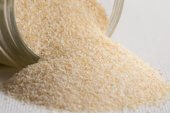
Yellow Onion Powder
Homemade yellow onion powder has a rich history that traces back to the early days of food preservation. Long before the advent of modern conveniences, people recognized the importance of finding ways to extend the shelf life of perishable ingredients like onions. By drying and grinding yellow onions into a fine powder, they could enjoy this versatile vegetable’s flavor and nutritional benefits year-round. This traditional method of preserving onions has been passed down through generations, with many home cooks still opting to make their yellow onion powder today.
One of the primary reasons people choose to make yellow onion powder at home is to ensure the quality and purity of the ingredients. When you create your own seasoning, you have complete control over the sourcing and processing of the onions, allowing you to select the best quality produce and avoid any additives or preservatives that may be present in store-bought versions. Homemade yellow onion powder also offers the opportunity to customize the flavor profile by adjusting the drying time or blending different varieties of onions to achieve the desired taste.
In addition to its culinary benefits, homemade yellow onion powder retains the health-promoting compounds found in fresh onions. Yellow onions are rich in flavonoids, particularly quercetin, which has been studied for its antioxidant and anti-inflammatory properties. These compounds help to protect cells from damage caused by free radicals and may support overall health and well-being. By drying onions at a low temperature, either in an oven or food dehydrator, you can preserve these beneficial nutrients and incorporate them into your diet using yellow onion powder.
In the kitchen, homemade yellow onion powder is a versatile ingredient that can elevate many dishes. Its slightly sweet and savory flavor makes it an excellent all-purpose seasoning for meats, vegetables, soups, stews, and sauces. When making dry rubs or marinades, yellow onion powder can help to tenderize and flavor meats, while also forming a flavorful crust when grilled or roasted. A sprinkle of yellow onion powder adds depth and complexity to the flavor profile in potato dishes, such as mashed or roasted potatoes. It can also be used to enhance the taste of dips, dressings, and breads, providing a concentrated onion flavor without the need for fresh onions.
Homemade yellow onion powder is a testament to the ingenuity and resourcefulness of home cooks throughout history. By preserving the flavor and nutrients of yellow onions in a convenient, shelf-stable form, this beloved ingredient continues to play a vital role in kitchens around the world. Whether used as a general-purpose seasoning or a specific flavor enhancer, homemade yellow onion powder offers a delicious and nutritious way to add depth and character to countless culinary creations.
Print
Classic Yellow Onion Powder
Yellow onion powder, created by dehydrating and grinding the strong and slightly sweet yellow onion, is a versatile all-purpose seasoning that adds depth and complexity to a wide array of dishes, including dry rubs, marinades, potato dishes, gravies, sauces, soups, and breading for fried foods.
- Prep Time: 20 min
- Cook Time: varies
- Total Time: varies
- Yield: 1/2 cup 1x
- Category: Sides & Sauces
Ingredients
4 yellow onions
Instructions
In the Dehydrator
- For a dehydrator, prepping your onions is the most important part. Use a mandolin to cut evenly thin slices (1/8” to 1/4″ thick) throughout your onions.
- Spread on your dehydrator trays in one single layer each.
- Cook on as low as 100-110°F, which will take a couple days to dry but will preserve the most nutrients. You could increase to 135°F and they will be ready in about a day. The warmer you go, the faster they will dehydrate.
- Time will very every time you make them, it will depend on the moisture in the onion and how thick or thin the onions are. Cutting onions thicker will allow you to make more, but will double drying time. So in terms of time, the tell-tale sign they are done is when they crumble in your hands, and cannot bend at all, they are ready. There should be absolutely no moisture left.
- Crush into a fine powder with a dry blender, food processor, or coffee grinder and store in an air-tight container with some rice to absorb moisture.
In the Oven
- If you prefer to use the oven method, you could totally slice the onions like we did above and bake them, however you’ll get a lot more onion powder, less likeliness to burn, and a more even cooking consistency by grating them instead.
- Preheat your oven to 170°F (75°C) and line two baking sheets with parchment paper to prevent sticking.
- Cover a bowl with a couple layers of cheesecloth. Peel your onions and grate them into the bowl using a cheese grater or microplane. You could also use a food processor.
- Wrap the onions in the cheesecloth, twisting at the top, and squeeze out as much liquid as you can. (The onion juice can be used in marinades and salad dressings!)
- Spread out the onions on the baking sheets in an even uniform later and bake for about 5 hours, or more importantly, until they are completely dry and crumbling. The type of onion you use will determine how long they will need to cook. Checking every 30 minutes after 4 hours is a good tip.
- Remove totally dried onions, allow to cool completely, then add to a blender, food process, or coffee grinder, and store in an air-tight container with some rice to absorb moisture.
Learn more about choosing the best onions for making your own homemade onion powder and let me know what you think if you try this classic yellow onion powder! For more information on growing your own onions, check out our Onion Gardening Guide, your go-to source for growing great onions!


 Previous
Previous

